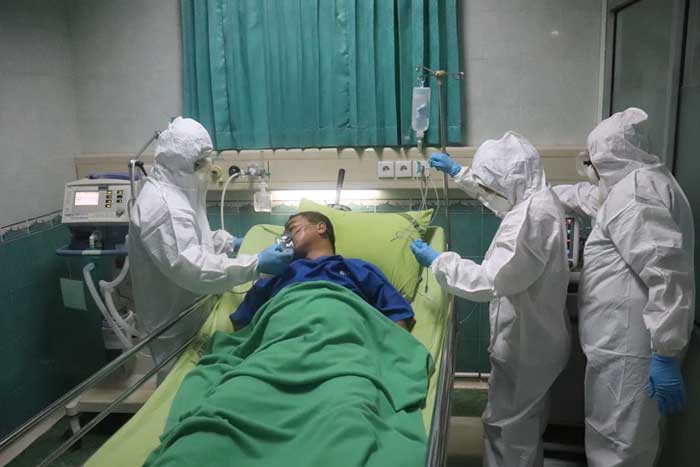When we talk about the long-term effects of COVID-19, most people focus on the virus’s impact on the lungs and heart, as well as nebulous concepts like “long COVID,” which are still being investigated by medical professionals. These are admittedly serious concerns.

@mufidpwt
In addition to these more common notions about COVID-19, however, it’s crucial to patient health that we expand our understanding of the virus’s effects to include neurological issues.
Beginning with early symptoms like loss of smell and taste, and looking ahead to post-COVID complications like stroke and persistent fatigue, all indicators suggest that the virus has a substantial impact on the brain.
Though we have a lot to learn, this is what we currently know about COVID and the brain.
Multiple Mechanisms
When we say that COVID-19 affects the brain, the statement is not a straightforward one. For example, it remains unclear how the virus causes symptoms like loss of smell since this tends to happen before patients become extremely ill.
On the other hand, COVID-19 seems to attack the vascular system in ways that lead to an increased number of blood clots and, as a result, a greater likelihood of stroke. This happens even in young patients.
Many COVID-19 patients have had to be placed on blood thinners, but this, in turn, raises the risk of hemorrhagic difficulties, including hemorrhagic strokes, as opposed to ischemic ones.
In addition to these strictly physiological problems, a COVID-19 infection seems to substantially increase the chance that patients will receive a new psychiatric diagnosis. This is not just in comparison to the general population but also compared to patients who have suffered other respiratory infections and the flu.
Identifying Disabling Issues
Although COVID-19 may cause a variety of neurological conditions, researchers can serve patients best by focusing on the symptoms which are most disabling. These aren’t always the most obvious ones.
Many patients, for example, struggle with autonomic dysfunction, which can cause dizziness and difficulty with focusing, as well as other complaints. This can be a serious barrier for patients who wish to return to work or school, since they may have difficulty reading or retaining information.
However, by looking back at earlier neuroscience research into learning and memory, scientists may be able to identify areas of the brain that are malfunctioning during these tasks.
Hospitalized Versus Non-Hospitalized Patients
It’s important to note that patients who were hospitalized for COVID-19, particularly those who had to be ventilated, as well as those who recuperated entirely at home, have both been seen to experience neurological symptoms after recovery from the virus.
In hospitalized patients, this is often tied to acute encephalopathy, especially in older individuals. This is the most widely observed neurological ailment observed in this patient population, regardless of age.
Lasting neurological complications have also been more common in those who had pre-existing neurological conditions. Specifically, inflammatory brain injuries were also found to be more common in men.
There are a variety of reasons why COVID-19 patients are experiencing lasting neurological difficulties, including increases in inflammatory markers such as cytokines and chemokines, and changes to blood vessel stability, which damage the surrounding tissue.
Whatever the cause, though, researchers have a significant task before them. Because of the systemic nature of the virus and its apparent ability to influence complications that persist well after the virus has cleared, we could be seeing new neurological consequences of COVID-19 for years to come.
